
At Privvy Modern Health, Dr. Prieto brings a comprehensive and evidence-based approach to treating complex pain conditions.
MORE INFO
Cutera's Xeo laser platform is a cutting-edge solution in the field of aesthetic treatments, particularly known for its efficacy in laser hair removal.
MORE INFO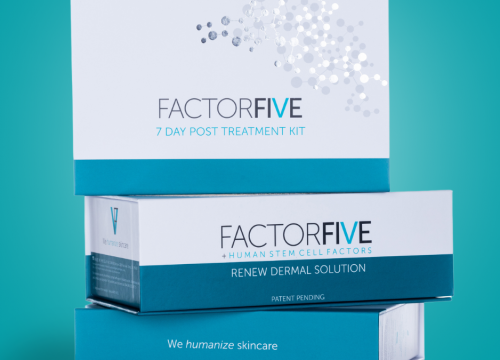
Exploring the Innovative Benefits of FACTORFIVE's Renew Dermal Solution at Privvy Modern Health
MORE INFO
Treating skin conditions with laser aesthetics isn’t limited to one or two procedures. This article covers 10 of the most common laser aesthetic procedures our Cuter Xeo can perform.
MORE INFO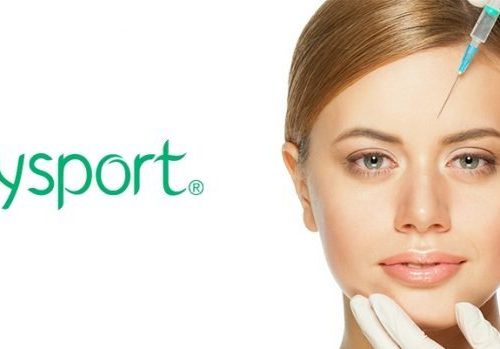
Dysport is an alternative to Botox, and in some cases has some significant advantages.
MORE INFO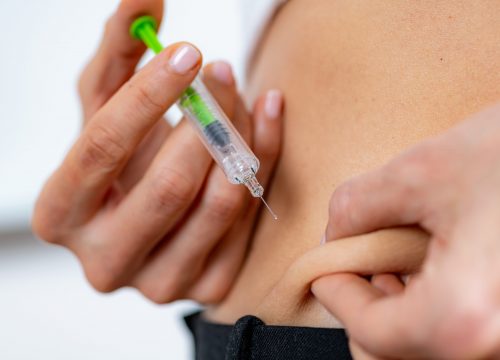
Self-administered Semagulutide injections use super tiny, insulin needles.
MORE INFO
The AviClear Laser, a groundbreaking advancement in acne treatment, promises to revolutionize how we approach this persistent skin issue.
MORE INFO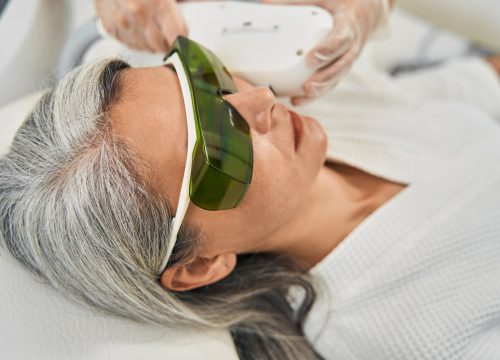
In this article we discuss how combining IV Nutrient Therapy with Laser Aesthetics improves aesthetics outcomes.
MORE INFO
When tragedy cannot be avoided, preparation and medical science can minimize the loss.
MORE INFO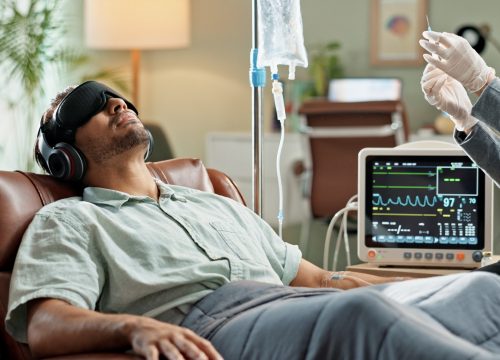
This article delves into the emerging research and clinical applications of ketamine therapy in the management of PTSD.
MORE INFO
Vitamin D is both a nutrient and a hormone that is naturally produced by our bodies.
MORE INFO
Ready to take the next step toward longevity? Our expert team is here to help you achieve your wellness and aesthetic goals with personalized treatments designed just for you. Whether you’re interested in IV therapy, skincare, or aesthetic enhancements, we’ve got the solution. Call us today at (530) 309-0671, click the Book button to schedule an IV, or click the Aesthetic Appointments button to get started on your journey to a healthier, more radiant you!